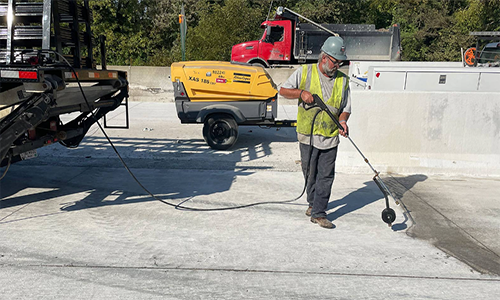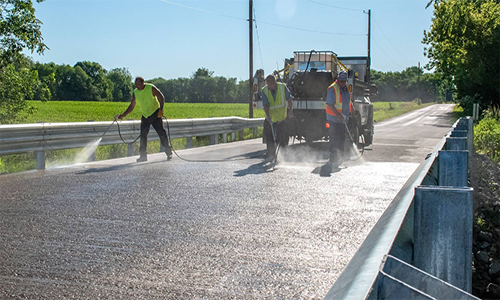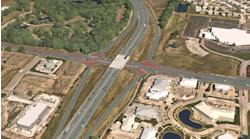By Tom Bagsarian, Contributing Author
The California Department of Transportation (Caltrans) is one of the largest state departments of transportation in the nation. They manage more than 50,000 miles of California’s highways, about double the entire circumference of Earth. That’s a lot of concrete.
Caltrans develops its engineers through a rigorous training program. Engineers are expected to successfully complete the Bridge Design Academy, which has been offered since the 1960s, when Caltrans was known as the Department of Public Works, Division of Highways.
This training program has changed a lot over the years. The original version was a correspondence course in which students mailed their homework. In the 1990s, it was a six-week course in a classroom.
Students started using personal computers in the early 2000s, when the academy became an eight-week course. For about 10 years, an online course was offered to save money. In 2019, Caltrans revamped the eight-week course in a classroom environment with instructors.
The COVID-19 pandemic produced another format change that was necessary, and like almost all in-person events, the academy’s seven-week course became virtual. And now, Caltrans offers in-person classes again for its Bridge Design Academy, but what makes these courses so tough, and why are the lessons important for California engineers?
Requirements
Caltrans requires its engineers to complete 10 courses in its academy. All are based on Precast/Prestressed Concrete Institute (PCI) publications and the American Association of State Highway and Transportation Officials (AASHTO) Load and Resistance Factor Design (LRFD) Specification. All courses are available at the PCI eLearning Center. There are a variety of topics in the 28 free transportation-related modules for precast, prestressed concrete bridge solutions.
“These courses, some of which were sponsored by the U.S. Department of Transportation (DOT) and balloted by PCI, were selected because they offer excellent learning materials related to bridge design,” said Razia da Cruz Ferreira, a transportation engineer at Caltrans.
The Caltrans Bridge Design Academy takes seven weeks to complete and covers bridge design, project delivery, and project engineering topics such as load rating, maintenance design, environmental engineering, planning, accelerated bridge construction, quality, and risk management.
“Workforce development is a major concern for many state highway agencies,” said William Nickas, PCI’s managing director, transportation systems.
California is one eight states with more than 30% of its state roads classified as poor, according to the Federal Highway Administration. The state has the second highest number of bridges in the nation.
“As a former student myself, I can also say that the Bridge Design Academy was the best investment of my engineering career,” said da Cruz Ferreira. “The hands-on training I received and the network I formed set me up for a successful career and I am very grateful to have had that opportunity.” R&B
Tom Bagsarian is the editorial content manager at the Precast/Prestressed Concrete Institute. He has written about the construction industry for more than 25 years.












